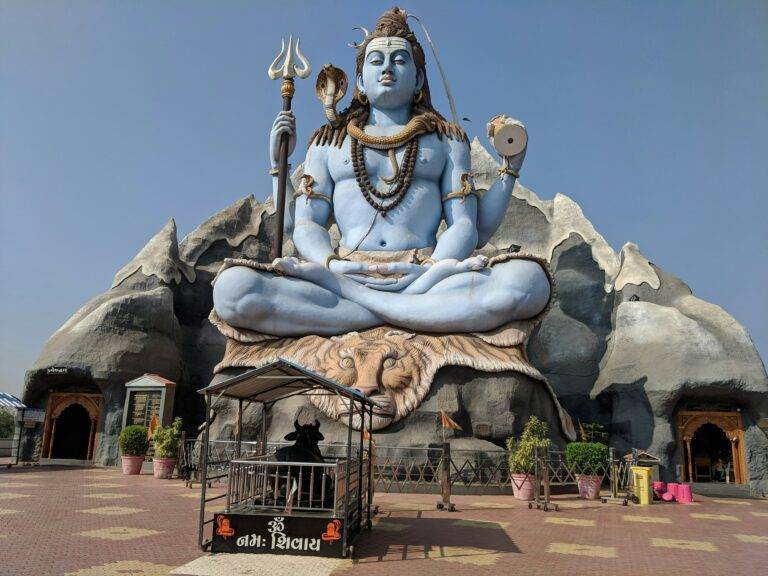Analyzing the Growth of Digital Concerts and Livestream Performances
Virtual concerts have become a prominent fixture in the music industry amidst the pandemic. With live events canceled, artists have turned to online platforms to connect with their fans and continue performing. This shift has allowed for a unique and intimate concert experience, bringing artists and audiences together in a virtual space like never before.
The emergence of virtual concerts has not only enabled artists to continue showcasing their talent but has also provided a new revenue stream. Through ticket sales, merchandise, and exclusive virtual meet-and-greet packages, artists have been able to generate income during a time when traditional live events are not feasible. This innovative approach has not only sustained the music industry during challenging times but has also opened up new possibilities for reaching global audiences in the digital realm.
The Evolution of Livestream Performances in the Music Industry
Livestream performances in the music industry have undergone a significant evolution in recent years. With the advent of advanced technology and the increasing popularity of online platforms, artists have found new and innovative ways to connect with their fans. Gone are the days when live shows were limited to physical venues; now, musicians can reach a global audience with just a few clicks.
The shift towards livestream performances has not only provided a solution for artists unable to tour due to the pandemic but has also opened up new possibilities for creative expression. From intimate acoustic sets to full-blown virtual concerts complete with elaborate stage setups and visual effects, musicians are pushing the boundaries of what is possible in the digital realm. As more and more fans embrace the convenience and accessibility of livestream shows, it is clear that this trend is here to stay, shaping the future of the music industry in exciting new ways.
The Impact of Technology on the Growth of Digital Concerts
The progression of technology has played a pivotal role in the expansion of digital concerts in the music industry. With the development of high-speed internet connections and advanced streaming platforms, artists and event organizers have been able to reach a global audience with ease.
Furthermore, the utilization of virtual reality (VR) and augmented reality (AR) technologies has enhanced the immersive experience of digital concerts, providing viewers with a sense of being physically present at the event. As these technological advancements continue to evolve, the line between physical and digital concerts is becoming increasingly blurred, creating new opportunities for artists to connect with their fans in innovative ways.
What are virtual concerts and how did they gain popularity during the pandemic?
Virtual concerts are live music performances that are streamed online for viewers to watch from their own devices. They gained popularity during the pandemic as live, in-person concerts were canceled due to social distancing measures.
How has technology played a role in the growth of digital concerts?
Technology has played a significant role in the growth of digital concerts by providing platforms for artists to livestream their performances, enhancing the viewer experience with high-quality audio and video, and allowing for interactive elements such as live chats and virtual meet-and-greets.
What are some examples of successful livestream performances in the music industry?
Some examples of successful livestream performances in the music industry include virtual concerts by artists like BTS, Taylor Swift, and John Legend, as well as festivals like Lollapalooza and Coachella that transitioned to online formats.
Will digital concerts continue to be popular even after the pandemic is over?
It is likely that digital concerts will continue to be popular even after the pandemic is over, as they offer a convenient and accessible way for fans to experience live music from anywhere in the world. Artists may continue to incorporate virtual elements into their performances to reach a wider audience.







